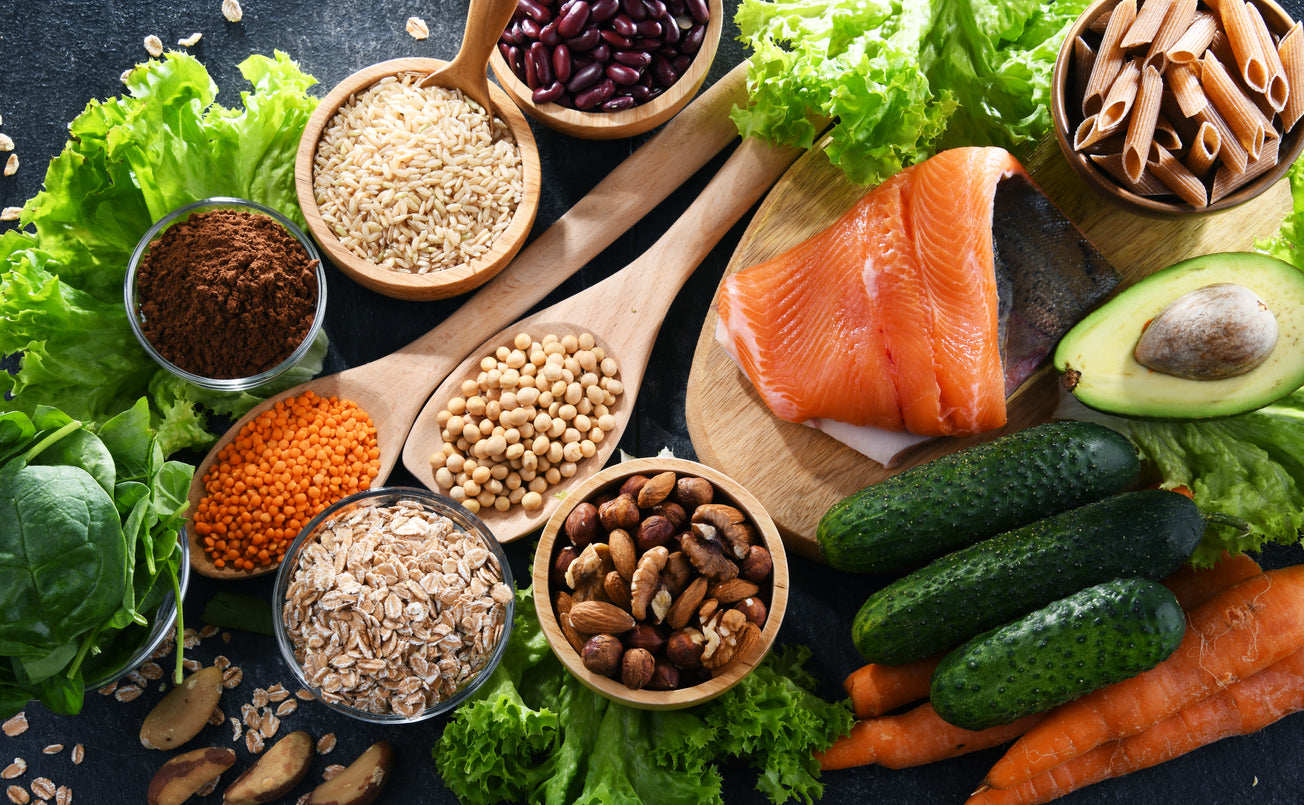5 Foods to Include in Your Diet to Help Manage Blood Pressure Better

5 Foods to Include in Your Diet to Help Manage Blood Pressure Better
Discovering that you have high blood pressure can be a surprise since it often doesn't show any symptoms. But, here's some good news - with a few lifemy changes, you can lower your blood pressure and lower the risk of complications such as heart attack, stroke, and dementia.
One of the most important lifemy changes involves what you eat. Your diet can make a positive or negative impact on your blood pressure, so it's essential to pay attention to the foods you consume.
In honour of World Hypertension Day, I’ll be sharing the top five foods to include in your diet to naturally lower your blood pressure.
But first, how does diet affect blood pressure?
Good nutrition and a healthy heart go hand in hand. The food you eat can either positively or negatively affect your blood pressure. By consuming a healthy diet packed with fruits, veggies, whole grains, nuts, seeds, legumes, fish, lean meats, and low-fat dairy, you can successfully manage your blood pressure.
However, indulging in too much red meat, fried food, salt, and added sugars can contribute to high blood pressure and increase the risk of heart disease.
5 Foods to Eat to Lower Blood Pressure
Looking for foods that can lower your blood pressure? Look no further! While some of these options may not seem like the tastiest choices at first, with some smart cooking, they can be transformed into dishes that work wonders in reducing high blood pressure.
Dark Leafy Greens
Dark leafy greens, such as kale, collard greens and spinach, are packed with nutrients that can help manage hypertension. They're high in magnesium and calcium, both of which help relax blood vessels and reduce blood pressure. They're also rich in vitamins A, C, and K, as well as fibre, which help protect the blood vessels and reduce inflammation.
 Berries
Berries
Berries, such as blueberries and strawberries, are another great option for managing high blood pressure. These small, colourful fruits are packed with antioxidants called anthocyanins, which have been shown to reduce inflammation and improve blood vessel function. As well as their antioxidant content, berries are also high in fibre, which can help regulate blood sugar levels and improve heart health.
Oats
Oats are a heart-healthy food that can help manage hypertension. They're packed with fibre, which has been shown to lower blood pressure and reduce the risk of heart disease.
What's more, oats are a low glycemic index food that helps regulate blood sugar levels, making them a great option for those with type 2 diabetes. With their versatility, oats can be enjoyed in a variety of ways, from oatmeal to smoothies to baked goods. For the most health benefits, choose steel-cut or rolled oats over instant oats, which can contain added sugars and preservatives.
 Tomatoes
Tomatoes
Tomatoes are packed with lycopene, a potent antioxidant known for its heart-protective benefits. These juicy fruits also contain nitric oxide, which, like beets and broccoli, can help expand blood vessels and lower blood pressure.
In addition to their heart-healthy benefits, tomatoes are also low in calories and high in fibre, making them a great food for weight management and overall health.
Fatty fish and plant-based alternatives
Fatty fish, like salmon, mackerel, herring, and sardines, are rich in omega-3 fatty acids - the kind that's great for your heart and helps control blood pressure. These omega-3s work by limiting the production of oxylipins, which can constrict your blood vessels and raise your blood pressure levels.
For those who don't eat fish, there are vegan alternatives that can provide similar benefits. One of the best sources of plant-based omega-3s is flaxseed, which can be ground and added to smoothies, oatmeal, or baked goods. Chia seeds and walnuts are also good sources of plant-based omega-3s.
While you can find rich amounts of omega-3s in oily fish and algae, not many people are eating enough regularly to experience the full benefits of this nutritious fatty acid. That’s why I’d also recommend supplementing with a high-strength omega-3 supplement to help ensure you’re getting enough omega-3s.

Riya Lakhani ANutr is a registered nutritionist and health writer with a special interest in plant-based nutrition. She has completed a Bachelor’s and Master’s degree in Human Nutrition, and has developed a passion for writing about all things plant-based.


